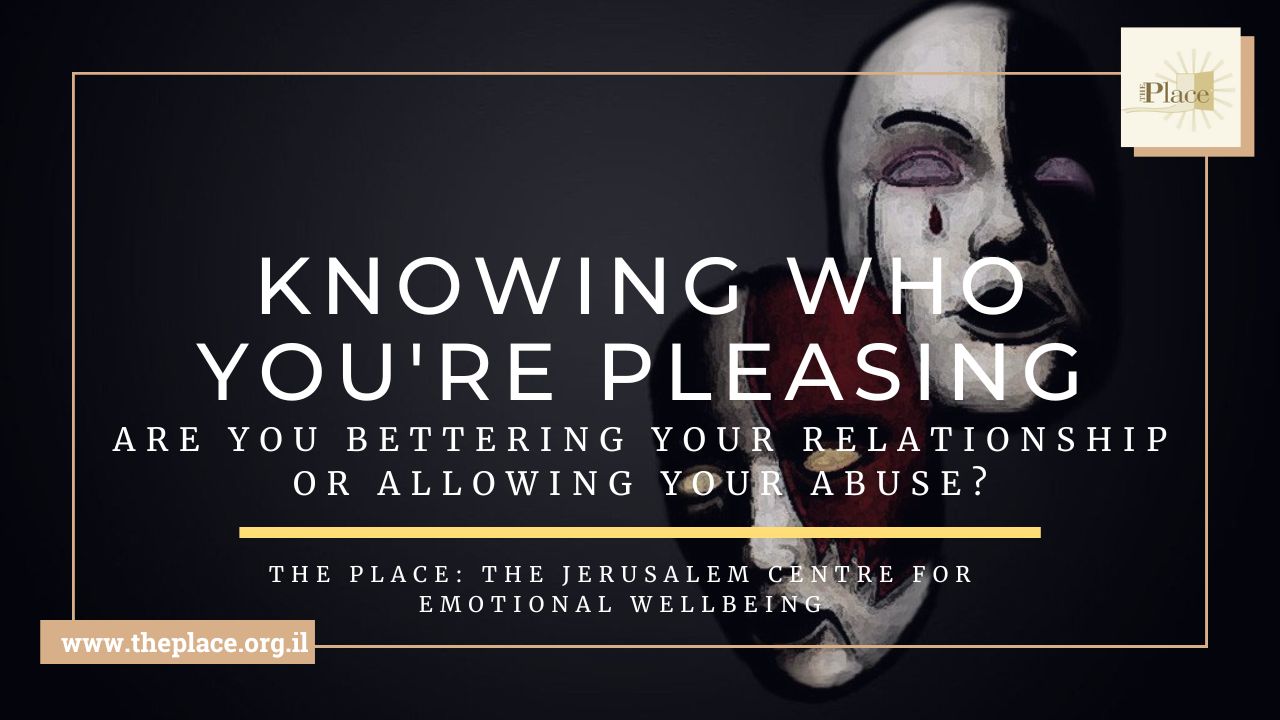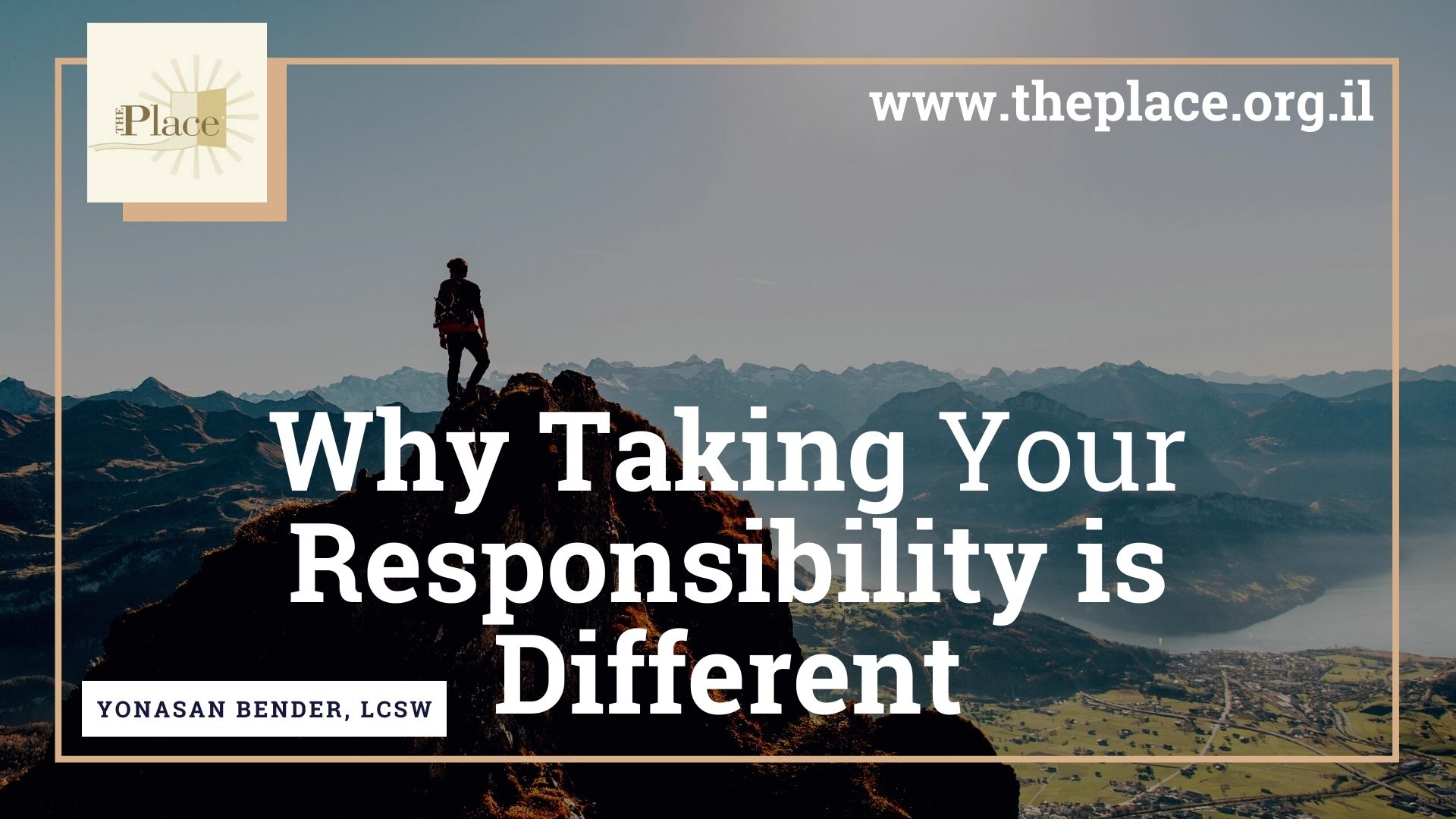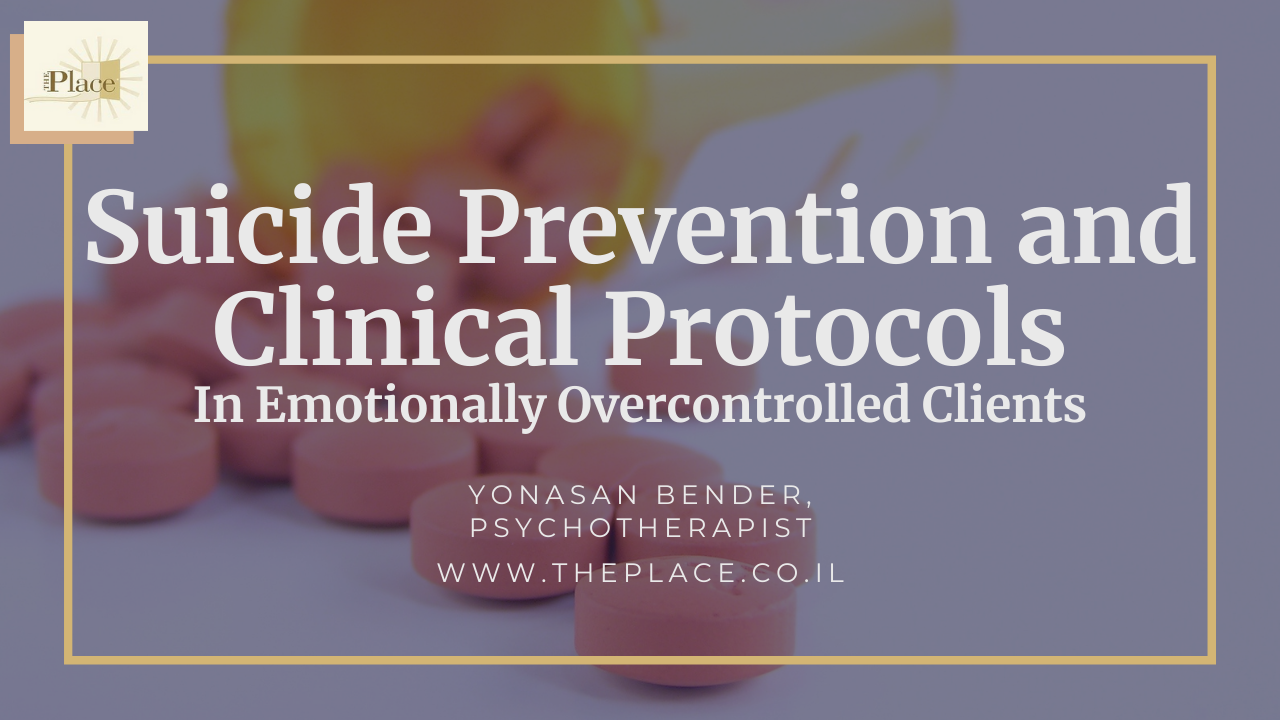Picture yourself as a four-year-old in the playground. Remember what you looked like? What kind of little clothes you used to wear? Who you liked to play with?
Did you ever go on a see-saw with a friend? Remember the experience of the even rise and fall of the see-saw (or did you call it a teeter-tauter?) as you and your playmate took turns bouncing your short legs off the ground? Did you ever find yourself opposite a heavier partner who kept you up in the air while you wiggled your legs back and forth trying to propel yourself back to earth?
What were you looking for? Why did you try to get back down?
Were you searching for solid terrain, the feeling of stability?
Or was being up high a thrilling and liberating experience?
Or did you prefer the feeling of being completely even with your friend in a state of balance and harmony, where no one has the upper-hand?
Or did you enjoy holding your friend hostage in the air, and being the one ‘in control’?
Do you like the four-year-old you see in the playground? Are you pleased with who that child has become?
Those were the early days of connecting to yourself and others – did you succeed in forging healthy internal connections?
Of all the people who might live in your city, community or home, no one will follow you as closely as you yourself. No matter how many hours you might chill out in front of a device, or lose yourself in an activity, everyone will have to confront him or herself eventually.
Hmm – in that case, might as well make friends with yourself, eh?
And if that’s not your current reality, how can you do that?
In truth, relating in a healthy fashion to yourself is a bit misleading, because all relationships are intertwined. I might like who I am, but if my relationships with others are not positive, it will impact how I relate to myself. Same about my relationship to G-d; that relationship is also a necessary component for complete mental health.
In the following example, notice how the participants related to self:
A forensic artist set up an easel and sketch pad in a well-lit room.
Part 1: The artist faced one direction with a curtained area to his right. From behind him, one participant entered, and sat down behind the curtain so that the artist and the participant couldn’t see each other, but could hear each other clearly. Then the artist asked the participant to describe her facial appearance. The participant described her appearance, while the artist sketched her from the neck up accordingly.
“Tell me about your eyes.” He prompted.
“My eyes are blue, sunken, with dark bags underneath.”
“What’s your most prominent feature?” He asked. And she would share what she thought.
After completing the sketch, the artist said, “Thank you very much, I’m finished.” And the participant exited without them seeing each other.
Part 2: The participant met face to face with an observer in a different location. The observer and the woman had never met before, and spoke for a few minutes. Subsequently, the observer sat by him or herself behind the forensic artist’s curtain and described the woman who s/he had met while the artist could hear the observer’s voice.
“Tell me about her eyes.” The artist prompted.
“Her eyes are as blue as the sea, and they light up when she smiles.” said the observer, as the artist sketched accordingly.
“What’s her most prominent feature?” He asked. And s/he would share their opinion, often choosing the feature that was most pleasing.
When this second sketch was complete, the artist thanked the observer, who departed without them viewing each other.
Part 3: The participant returned, but this time she met the artist face to face. The artist showed the participant the two sketches, one drawn on the basis of the participant’s verbal description and one drawn on the basis of the observer’s verbal description. “Which one looks more similar to you?” The artist asked.
“The one on the left.”
“Hmm, that’s the sketch that was based on the observer’s description.”
And 100% of the time, the sketch that was the closest replication of the participant and the sketch that was most flattering and positive was the sketch based on the observer’s description, and not on the participant’s. A stranger described a random person’s facial features more accurately and complimentarily than the subject herself.[1]
The frequency of individuals relating to themselves critically is not only manifest in body perception, it can be one’s self perception of talents and strengths, of academic or vocational achievement of social acceptance of life management and so on.
My, my – relating to oneself is not as easy as it looks. Rather like a see-saw, where achieving harmony and balance is not automatic. And it’s further complicated by our other relationships – Is someone holding me in midair? Do I feel grounded and stable? Am I manipulative and controlling? Do I recognize a Higher Power Who thinks it best for me to be up or down?
So, let’s say I’m feeling a bit out of sorts with myself, any magic potion to restore internal connection and balance?
In truth, everyone’s work is individual, and I shy away from quick-fix-formulas. But here’s a general path that may be a good place to start. It’s called; Know, Show and Grow.
Know who you are! Be real, be truthful, and don’t beat about the bush. What are your true strengths and talents? (And yes, you definitely have some!) Where do you struggle and feel challenged? (You have those too!) What are your values and goals? What do you enjoy? What do you dislike?
Show yourself love, compassion, caring, understanding and acceptance! All of those delicious interpersonal qualities that make you a wonderful friend, relative or spouse aren’t only for others – you deserve those kindnesses too. Heap them on yourself in appropriate and timely measure.
One caveat here; in order to steer clear of the hazards of arrogance, self-centeredness, or narcissism, keep the image of the balanced see-saw in mind.
Grow! Create a personal plan to move forward incrementally. I’m wonderful today, what might make me a bit more wonderful tomorrow? How can I develop myself such that I’ll feel even more balanced, grounded, controlled and in sync with myself and my environment than before?
Know, Show and Grow, is a process to continually repeat; it’s not static. Just as the four year old has evolved into a more mature human being, the details of this process which straddles thought, emotion and action respectively will continue to develop and shift.
Practicing the art of Know, Show and Grow, can turn the see-saw of life into a playground of self-connection!
[1] This study was done on women. No data on the same study being done on men is available.
More About the Author
Miriam is passionate about families and relationships. She sees them as the core of our People. She likes to help build, preserve, encourage, and inspire their optimal health. Every clan is comprised of individuals in the family unit. Everything begins when an individual builds himself. When an individual feels success, contentment, and fulfillment, there is a cascade of that energy to everyone he touches.
The Place
The Place is where therapists, individuals and the community connect to create safety, strength and success. At The Place, men and women discover the freedom and safety to move past those issues which are preventing them from living life to its fullest. Our goal is to help each of our clients discover his or her own strengths as powerful tools in the healing process.
The Place is a multi-faceted clinic offering both individual and group therapy, support groups, interactive evenings and lectures, educational classes, and drop-in hours. Our comfortable, confidential, relaxed environment allows clients and their families to explore sensitive issues and create positive change. We believe that the key to mental health and emotional well-being is inside you.
At The Place, male and female therapists work independently or as a team to explore sensitive issues and facilitate positive change for individuals, couples and families from all sectors of the community. Some of our specialties include emotional eating, grief counseling, internet addiction, phobias, anxiety & OCD, childhood challenges, premarital counseling, couples therapy and intimacy issues, postpartum support, personality disorders, psychiatric care, and more. Connect with a caring professional in person at our comfortable Jerusalem offices, or by video, phone, and text. We’re here for you.
Contact Us
Email info@theplace.org.il
Phone (02) 581 8299
Whatsapp 054 260 1468
Social Media
Website:
https://theplace.org.il/
Facebook:
www.facebook.com/theplacejerusalem/
Instagram:
www.instagram.com/theplacejerusalem/






